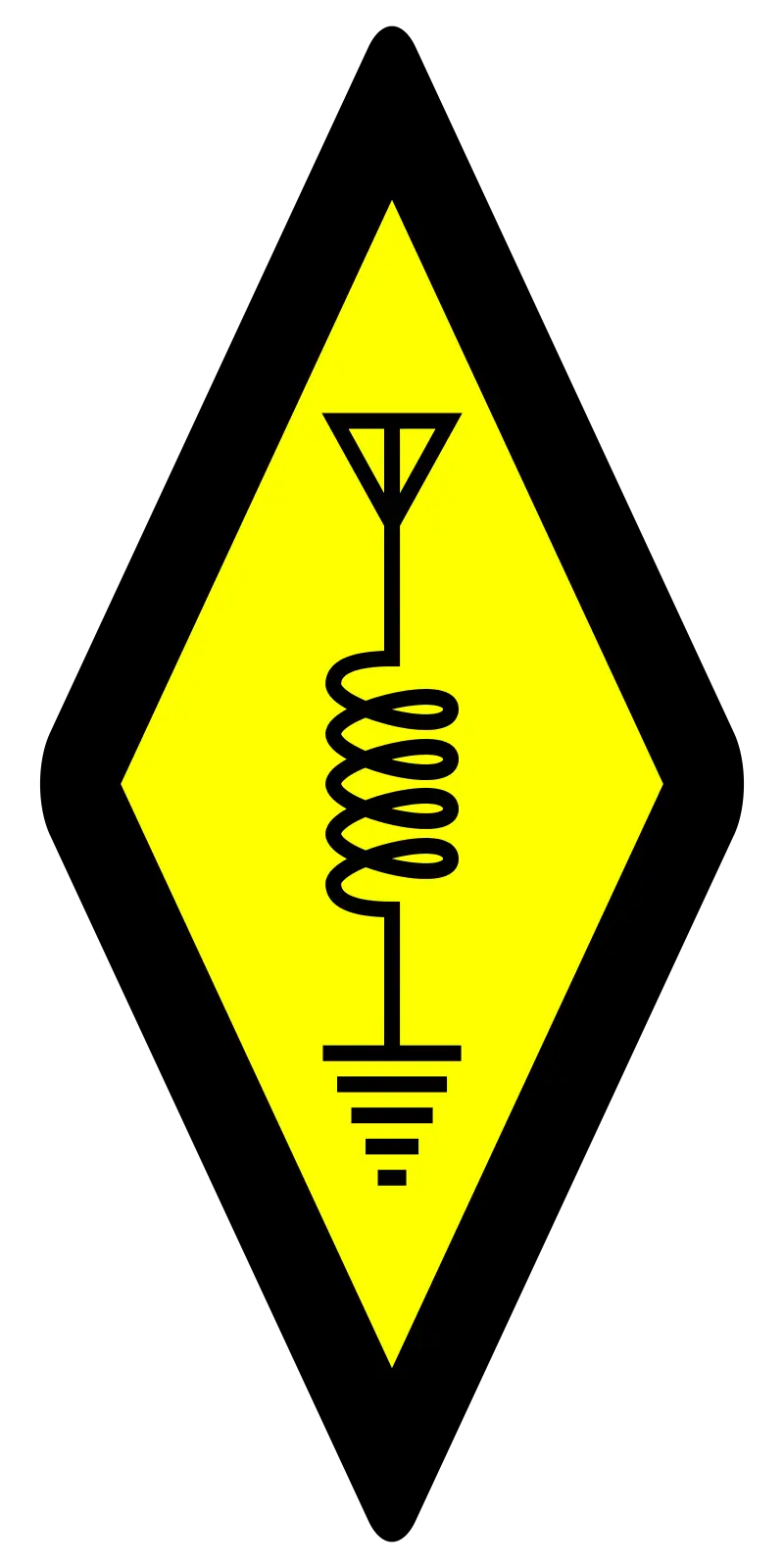I probably would have ordered my matrix so that my/my and (not my)/(not my) were the diagonal elements, but that’s just nitpicking I suppose.
- 4 Posts
- 1.41K Comments
Not the parent you’re responding to, but I think it’s that my “mediocre” comment was a reference to the movie, and yours was a literal response to my joke. A bit of a whoosh situation.

 4·7 days ago
4·7 days agoCarnauba wax would like a word…
IIRC Waterson got a lot of flak for this, as there’s an implication that parents who adopt don’t love their kids as much. (Recollection from reading one of his annotated collections, could be wrong.)
So you’re saying it was…mediocre?
grep -rIi “John.*Cena” dir/
I have this sort of thing aliased, with some added
--includeflags to filter file type (e.g., only match source/script files). Super useful!

 1·8 days ago
1·8 days agoSo, was it Griffiths, Purcell, or Jackson that got you?

 13·8 days ago
13·8 days ago640k780k ought to be enough for anybody…
I know right? What a poser!
/s
Born to late to explore the world.
If you can build up intuition around Fourier decomposition I think it gets much easier to understand.
Multiple things going on at the same frequency are indistinguishable (up to a phase). Lots of stuff going on at different frequency can be separated. Light also has frequency (color) and volume (intensity)—it may be more intuitive to conceptualize in this way.

 13·10 days ago
13·10 days agoA professional degree is historically different from an academic degree though. Math, chemistry, physics, biology, computer science—these typically produce (well compensated!) professionals, but they are not professional schools.
I am professional; I get paid to do the kinds of things that I did in grad school. But afaik no one would say I hold a professional degree.
All of this is besides the point of course—our student loan system shouldn’t disqualify people based on these sorts of semantics.

 24·10 days ago
24·10 days agoI was interpreting the quoted text as encompassing all engineering fields, e.g., EE, mechanical, computer, etc.
If that’s not the case and this is for specific professional engineering degrees then yep, I certainly agree with you.

 21·10 days ago
21·10 days agoI was interpreting the quoted text as encompassing all engineering fields, e.g., EE, mechanical, computer, etc.
If that’s not the case and this is for specific professional engineering degrees then yep, I certainly agree with you.

 211·10 days ago
211·10 days agoThis is actually the one that I would agree with (edit: see below), if the difference is “professional” vs. “academic.” I certainly wouldn’t call a natural science degree professional, and if you’re in a research institution studying some form of engineering I’d probably put you in the same category. Just my experience/opinion though (and the rest of the exclusions are super stupid, I agree).
Edit: from the replies, this is referring to Professional Engineering; in my corner of the world, “Engineer” is an overloaded term that generally means electrical, mechanical, software, and sometimes computer engineer. My comment was referring to these engineers, who are rarely licensed and study alongside scientists in school. I completely agree with parent in the context of “professional engineering” (I mean…it’s right there in the name…).
Daniel Radcliffe used this to his advantage—same outfit, and the paparazzi stopped bothering him:
It was three or four months. Because I was doing a play in London and every night there was paparazzi outside. And I suddenly realized after like after I just had just been lazy and not changed my clothes for a few days, that they were not there. And I realized it’s probably because I’m wearing the same thing so it all looks like photos from the same day. So I was like ‘I’ll just continue wearing this.’ And they never came back because it all looks like the same picture in front of the same door.

 1·14 days ago
1·14 days agoIf you search around you might find free ones. Oracle has/had a free tier (though it’s Oracle, so…).

 2·14 days ago
2·14 days agoSadly not really. I use the free tier Oracle, which honestly has worked very well, but I’m not going to recommend using Oracle aside to say that it functionally works for me.
If I were to switch I would probably go to racknerd.

 2·14 days ago
2·14 days agoYes, but you can run multiple VPS, from different providers, simultaneously.
What I like is that while it does depend on an external provider, it doesn’t depend on a specific external provider. Any VPS with a public IPv4 would work.










I know it’s linking to That Site, but this is not universally true: https://www.reddit.com/r/HotWheels/comments/1h0ir1p/got_sick_of_seeing_that_losing_details_pic_going/